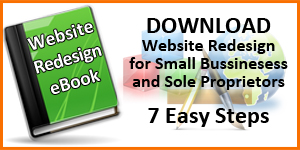 For the past few weeks we have been looking at what to consider when you redesign your website. After the last blog on landing pages it should be evident that increasing your conversion rate, converting a website visitor into a lead, is the main goal of your website. This may mean getting a visitor to sign up for your newsletter, download an e-book, get a coupon, or sign up for a consultation. This is the goal of the process that starts with optimizing your website so that it can be found; providing original content that attracts visitors such as your blog and e-books; promoting the content on your website and through social media; setting up your website so it is easy to navigate and find content; and providing a landing page where in exchange for their e-mail address they get original and valuable content.
For the past few weeks we have been looking at what to consider when you redesign your website. After the last blog on landing pages it should be evident that increasing your conversion rate, converting a website visitor into a lead, is the main goal of your website. This may mean getting a visitor to sign up for your newsletter, download an e-book, get a coupon, or sign up for a consultation. This is the goal of the process that starts with optimizing your website so that it can be found; providing original content that attracts visitors such as your blog and e-books; promoting the content on your website and through social media; setting up your website so it is easy to navigate and find content; and providing a landing page where in exchange for their e-mail address they get original and valuable content.
If you have more than one offer (and you should have as many offers as possible) you will notice that some offers will have higher web conversion rates than others. In other words one e-book may have a conversion rate of 50%, at least half of the people who visited the landing page signed up to get the e-book, while another e-book only had a conversion rate of 10%. You may notice that some offers get more response when you tweet it and others when it is posted on LinkedIn. There can be a number of reasons for low conversion rates.
What can Affect Website Conversion Rates?
- Wrong Offer: Your e-book does not interest the people who are visiting your website. This could be because you are not attracting the right people and you need to change the subject of your blog and offers, or you are not offering what people need. For example, if you are a realtor who specializes in city condos, then posting blogs about suburban homes will not attract the right people.
- Wrong Channel: If you sell baby clothes and you post your blogs to LinkedIn, a professional business platform, you may not be targeting your offers to the right group. Think about where your links, tweets, promotions and ads show up and make changes if you are not getting the results you want.
- Wrong Landing Page: Are prospects getting to the right landing page? One of the most common mistakes is linking your offers to the wrong page or sending prospects to the home page. For example, if you say “sign up for my mailing list” send them to the landing page to sign up for the mailing list; don’t send them to your home page where they need to search for your mailing list sign up.
- Landing Page Is Ineffective: Is it clear what you want the visitor to do when they get to your landing page? Do they understand the benefits if they do what you want? If they follow a link that says: 10 Ways to Save Money on Your Taxes and end up on a page that says: Save Money and Avoid a Tax Audit, they may be confused and leave the page. Be clear and consistent.
When you offer your visitors what they want, connect with them in the right places, and lead them to an effective landing page they will convert. You will be able to connect with them and increase your opportunities to convert them into new customers. Our next blog will discuss how to conduct experiments to improve your conversion rates.
Photo Credit: Jusben-morgueFile Free Photo




